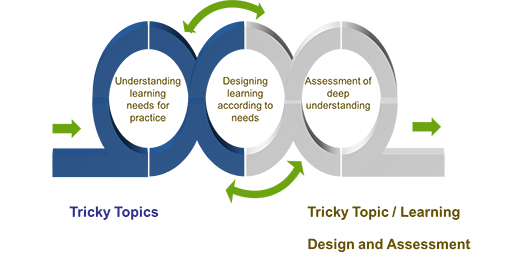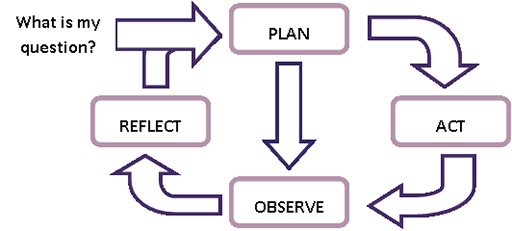2.1 Using a needs analysis to identify misunderstandings
One way to overcome the frustration of not knowing why your students just do not understand a tricky topic, is to conduct a focused ‘needs analysis’ to identify their misunderstandings. In the context of tricky topics, the misunderstandings are specific to each student, therefore the needs analysis will take the form of discussions or semi-structured interviews with focus groups of students in order to draw out these misconceptions. It could be considered as a diagnostic step in developing a deeper understanding of your students’ needs and is therefore a valuable first step in the tricky topics process (i.e. a series of steps to unpick the tricky topics which will be explained further in Week 3). As an experienced teaching practitioner, you may already feel that you understand your students’ needs very well. However, there may be areas where students are having difficulties understanding which have not yet become obvious. Consider this section an opportunity to have a fresh focus on your students’ understanding.
This step of understanding your students’ needs feeds directly into the tricky topic process. The process involves understanding learning needs, then planning and designing your learning intervention according to those needs and then assessing students’ progression to assess if those needs have been met and there is a deeper understanding of the difficulties (see Figure 4).
When looking at your own practice and reflecting on it, this clearly links with wider research cycles that you find in action research and the related method of practitioner inquiry (see Figure 5).
As you can see from Figure 5, a needs analysis with your students must be planned, conducted, observed (i.e. analysed) and then reflected upon. If you already have a detailed understanding of your students’ needs it could be that you can use the planning stage to record this understanding and move directly to observing/analysis which is the process of identifying tricky topics, stumbling blocks and problem examples as shown earlier, and in Week 3 activities.


